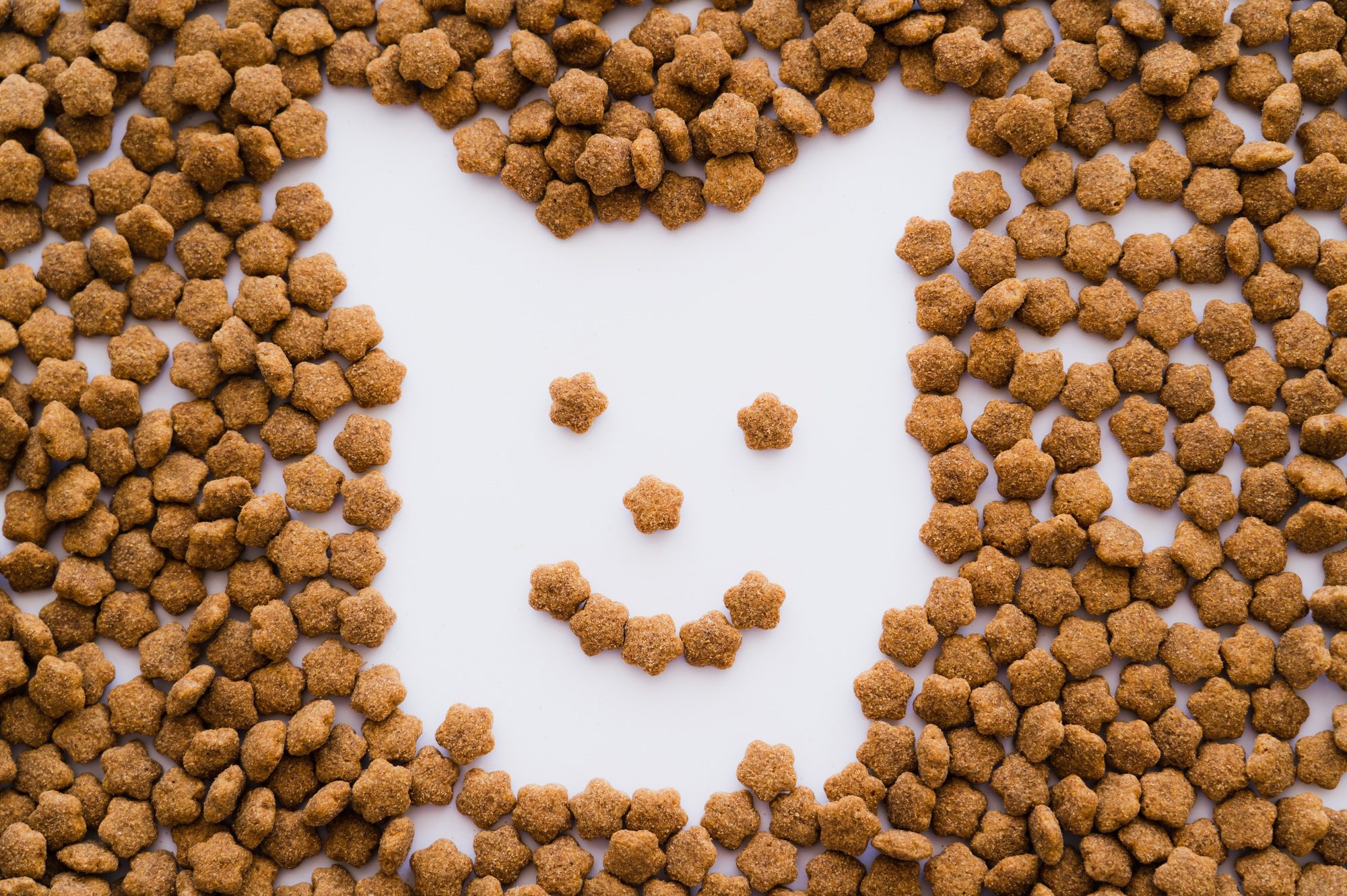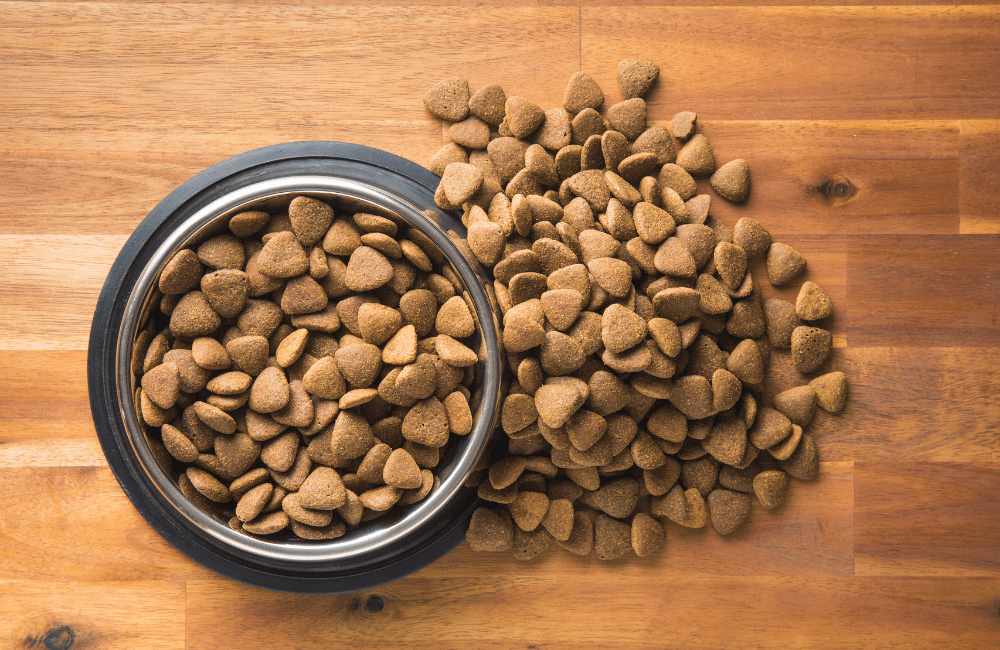Enhancing Animal Feed
Feed Promoting Agents, also known as flavor enhancers or appetite stimulants, are a special type of additive added to feed to improve palatability, enhance animal appetite, increase feed intake, and promote feed digestion, absorption, and utilization.
There are many types of feed promoting agents, mainly including flavoring agents (flavor enhancers, fragrances) and seasoning agents (taste enhancers). Flavoring agents mainly refer to various flavors and fragrances, while seasoning agents mainly include umami agents, sour agents, sweeteners, salty agents, and spicy agents.

The Difference Between Seasoning Agents and Flavoring Agents
Flavor is a special taste composed of two parts: taste and smell. Taste is the combined effect of sweetness, sourness, bitterness, saltiness, and the specific properties of food, while smell includes a wide range of scents perceived by the olfactory sense of animals. The composition of seasoning agents includes aromatic components (providing smell), taste components (providing taste, such as sweeteners), and taste adjustment components (increasing or decreasing taste threshold).

Products lacking taste components and taste adjustment components are called flavoring agents. Flavoring agents are highly volatile substances with short storage times and are easily lost during processing. However, they can maintain the specific aroma of feed and mask some unpleasant odors. Seasoning agents not only have the advantages of flavoring agents in providing feed with a special aroma and masking unpleasant odors but also can improve the palatability of feed and increase intake.
Additionally, they have a long retention time, stability during processing, and are less prone to loss, thus having more advantages than flavoring agents.

The Physiological Basis of Feed Promoting Agents Application
- Smell and Taste as Food Cue Factors
Feed promoting agents can be defined as “a class of sensory additives used to improve and enhance the natural taste and smell of feed based on physiological principles such as smell and taste, promoting intake, growth, and production.”
Compared with humans, birds have a dull sense of smell, while mammals are more sensitive to smell. Poultry have a lower taste sensitivity than humans, but pigs have twice the taste sensitivity of humans. Taste consists of five types: sour, sweet, bitter, spicy, and salty, while smell encompasses countless variations. Taste buds determine sensation, and animals have different taste sensations due to variations in taste bud distribution and number (see Table 1).

The combination of the smell and taste of each food gives it specific characteristics. Therefore, the combination of smell and taste becomes a cue factor for food. Other cue factors include texture and color, which allow animals to associate a known food with a specific taste before eating.
- Animal’s Selective Feeding Behavior
Studies have shown that food cue factors provide animals with a preliminary basis for judging whether to eat. For adult animals, they judge whether an unknown substance is the same or similar to the food they have encountered in the past based on its smell and taste.
If the smell and taste are similar to a known nutritious food, they start to eat, and their intake increases. Conversely, if it is dissimilar, they avoid it, and their intake decreases. The principle of animal selective feeding is to minimize danger.

It can be seen that animals use the physiological reactions of food intake and digestion to determine the “good” and “bad” of food and use flavor as a cue or sign to remember the food.
- Animal’s Flavor Preferences
Some use a “preference index” to measure animals’ preferences for different flavors. The results show that the preference index for cheese flavor in piglets and piglets is 1.50 to 1.60; milk incense/vanilla flavor is 1.40 to 1.50; red fruit flavor is 1.20 to 1.38; green fruit flavor is 1.11 to 1.20; and fennel flavor is 1.20. It can be seen that cheese flavor is not only the familiar maternal milk flavor for piglets, but it is also a flavor that piglets love.

Research results show that poultry can remember odors related to danger or stress (such as the smell of chicken blood, the smell of cats, etc.), but their reactions to other odors are inconsistent.
- Animal’s Sensitivity to Various Tastes
Piglets have an unforgettable memory of the taste of maternal milk. With increasing age, their flavor preferences gradually change. Adult pigs may prefer citrus, fresh meat, sugar, and fermented flavors. Piglets also prefer the taste of fish hydrolysate and organic acids, while they reject meat and bone meal, alfalfa meal, chemicals, and heavy metals. Chickens have a slight taste, but their sense of smell is underdeveloped.

Currently, the main feed promoting agent for chickens is allicin. Garlic not only promotes appetite but also has the effects of killing bacteria, preventing diarrhea, and increasing egg production. Cows prefer sweet taste and volatile fatty acid taste, especially calves. Chemically synthesized flavoring agents have no effect on them. Calves’ feed often contains maternal milk flavor, and anise has a negative effect on the palatability of cattle, while the taste of sugar honey can improve palatability.
Sheep have a stronger tolerance for bitter taste than cows and are less fond of sugar honey taste than cows. They do not have a special preference for sour taste. Grass carp prefer chocolate flavor, cheese flavor, milk flavor, and fish flavor. Fish feed promoting agents are different from general livestock and poultry flavoring agents. Amino acids have a significant olfactory stimulation effect on fish, but the difference between different fish is significant. Currently known amino acids such as alanine, glycine, arginine, and proline all have feeding-promoting effects on most fish.

Cats do not eat powdered feed but will eat granular, paste-like, or gel-like feed. Usually, cats prefer gel-like feed the most. Sugars can enhance dogs’ acceptance of feed, but they have no effect on cats. Cats are more sensitive to bitter taste and will refuse to eat it. Both dogs and cats will refuse to eat food containing 0.1% saccharin. However, although dogs will eat a 10% sucrose solution, cats will refuse to eat any concentration of sucrose solution. Dogs prefer food with a certain foul smell and also like fresh taste. Both dogs and cats dislike food lacking essential amino acids.
Quality Standards and Requirements for Feed Promoting Agents
Feed promoting agents used in feed should have strong characteristics, meet the taste preferences of specific animal breeds, ages, and taste preferences; be easy to control in concentration; have good stability, withstand various adverse factors during processing, transportation, and storage; have good compatibility with feed raw materials and other feed additives without antagonistic effects; have good uniformity and consistency to prevent grading during feed mixing; have good safety, with minimal residues in animal products.

Other raw materials such as various natural and synthetic flavors and solvents used in the production of feed promoting agents must comply with the hygiene standards for food additives of the People’s Republic of China. To ensure the stability of feed promoting agents, the following indicators can be used for control:
- Color and Appearance
It is a quality control indicator that can be visually compared between the production sample and the standard sample. The color should be consistent, and the appearance should be free from mechanical impurities such as foreign matter.
- Solubility and Stability
The dissolution rate and stability of feed promoting agents in water, ethanol, and a variety of organic solvents can be tested.

- Moisture Content
The content of free water in feed promoting agents should be determined to ensure stability during storage.
- pH Value
This measures the acidity and alkalinity of feed promoting agents.
- Moisture Absorption and Volatilization Rate
This measures the moisture absorption and volatilization rate of feed promoting agents at different temperatures.













